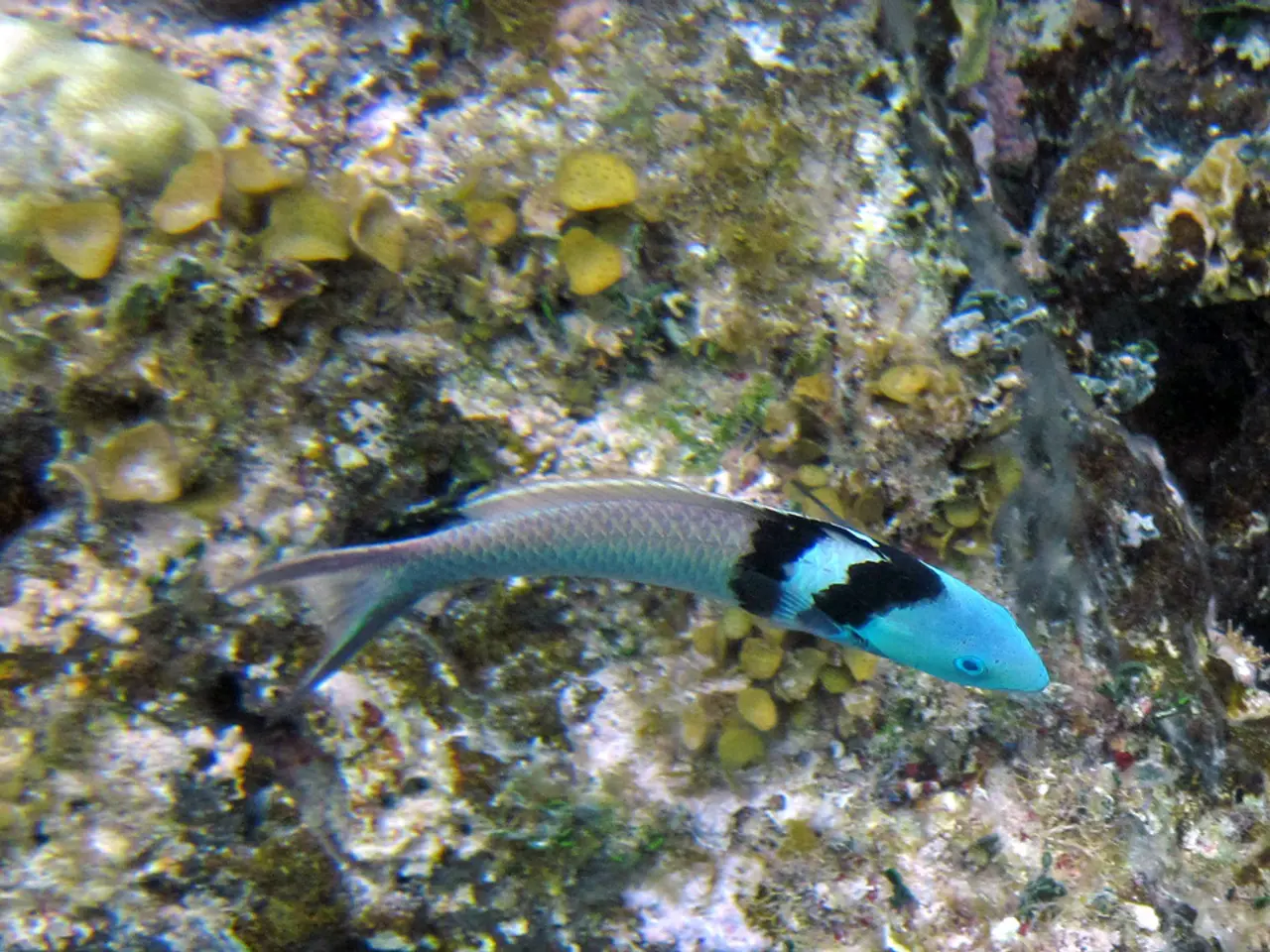Streamed Conicet was a sensation, featuring an alien-like Telescope Fish that left viewers in awe.
The deep-sea species known as the telescope fish has become a viral sensation, captivating social media users with its peculiar appearance during a recent expedition off the coast of Buenos Aires.
The Giganturidae fish, a member of the Gigantura genus, inhabits the depths of all oceans between 500 and 3000 meters. Known for their large, tubular eyes and somewhat transparent skin, these small creatures are a fascinating find in the deep-sea world.
The live stream of the Oasis Submarinos del Caño de Mar del Plata: Talud Continental IV expedition, conducted by Schmidt Ocean, has been generating surprise and awe on social media platforms. The expedition is the first of its kind to use a remotely operated vehicle capable of capturing high-definition underwater images and collecting samples without altering the environment in Argentine waters of the Southwest Atlantic.
Despite their intimidating appearance, the Giganturidae fish do not pose any danger to humans and typically measure between 15 and 21 centimeters in length. The most distinctive feature of the telescope fish is its disproportionately wide opening of its jaws, which can extend greatly in relation to the size of its body.
The viral video of the telescope fish has surpassed popular streaming giant Luzu TV in popularity during the live YouTube broadcast by CONICET. Humor and creativity did not fail among users, who created memes based on the fish's unique appearance. One user joked, "The one your friend cried over three years ago," while another ironically commented, "Leave the telescope fish alone, it's really cute, you guys don't understand anything."
One user even speculated about the existence of mermaids, writing, "The amount of weird things down there, it's impossible that there aren't any mermaids, look well." Another user defended the fish, stating, "It's a big-mouthed fish, but it's adorable."
The Giganturidae family consists of two genera, Gigantura and Gigantura chuni, with few described species. This small group of deep-sea fishes is known as telescopefish and is renowned for their adaptations to the deep-sea environment.
In summary, the telescope fish, a member of the Giganturidae family, has become an internet sensation due to its unique appearance during a recent Argentine expedition. The fish, known for its large tubular eyes and big mouth, is a fascinating find in the deep-sea world and has generated humor, creativity, and speculation among social media users.
[References] [1] Deep-Sea Fishes: Telescope Fish. (n.d.). Retrieved from https://www.deepseafishes.com/telescope-fish/ [2] Telescope Fish. (n.d.). Retrieved from https://oceanexplorer.noaa.gov/explorations/07telescope/telescope.html [3] Telescope Fish. (n.d.). Retrieved from https://www.montereybayaquarium.org/animal-guide/animals/telescope-fish [4] Telescope Fish. (n.d.). Retrieved from https://www.fishbase.se/summary/6060 [5] Telescope Fish. (n.d.). Retrieved from https://www.seafish.org/species-information/species/gigantura-verrucosa/
- The unique appearance of the telescope fish, a deep-sea species, has captivated social media users in the same way amazing scientific discoveries and advancements in space-and-astronomy and technology often do.
- The televised expedition that led to the discovery of the telescope fish was supported by the use of cutting-edge technology, much like how advancements in company-driven research and development can revolutionize various fields, including science and technology.




